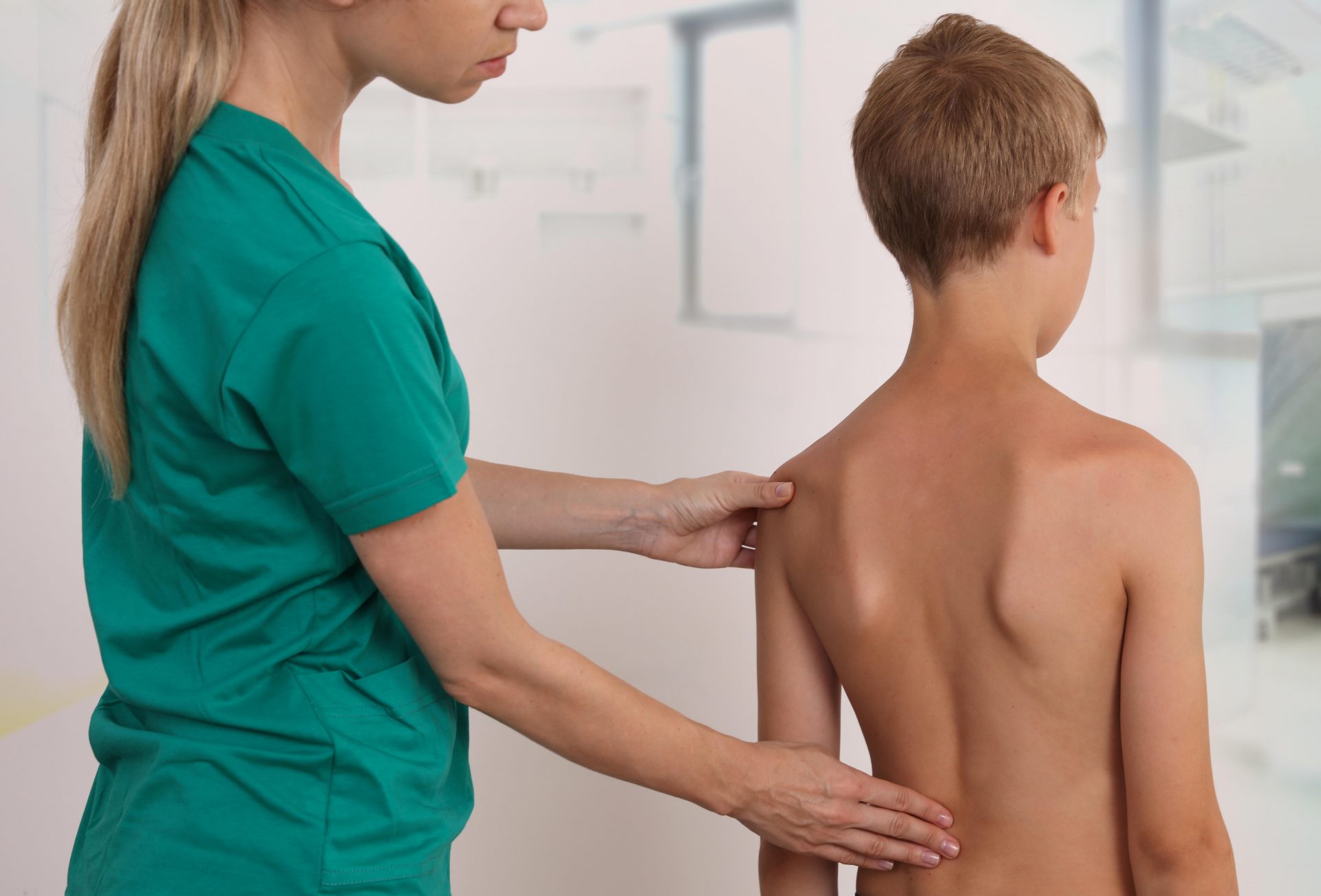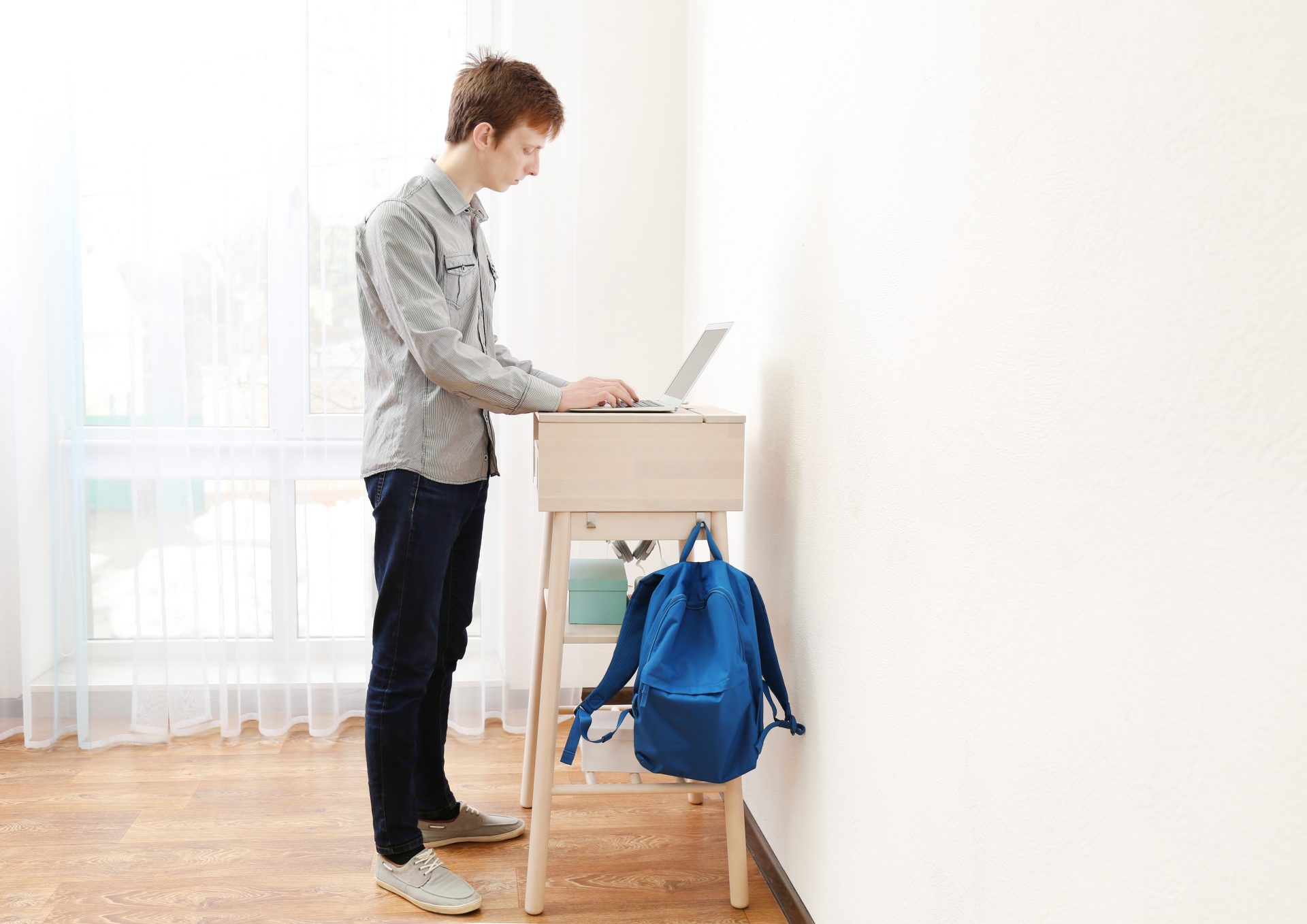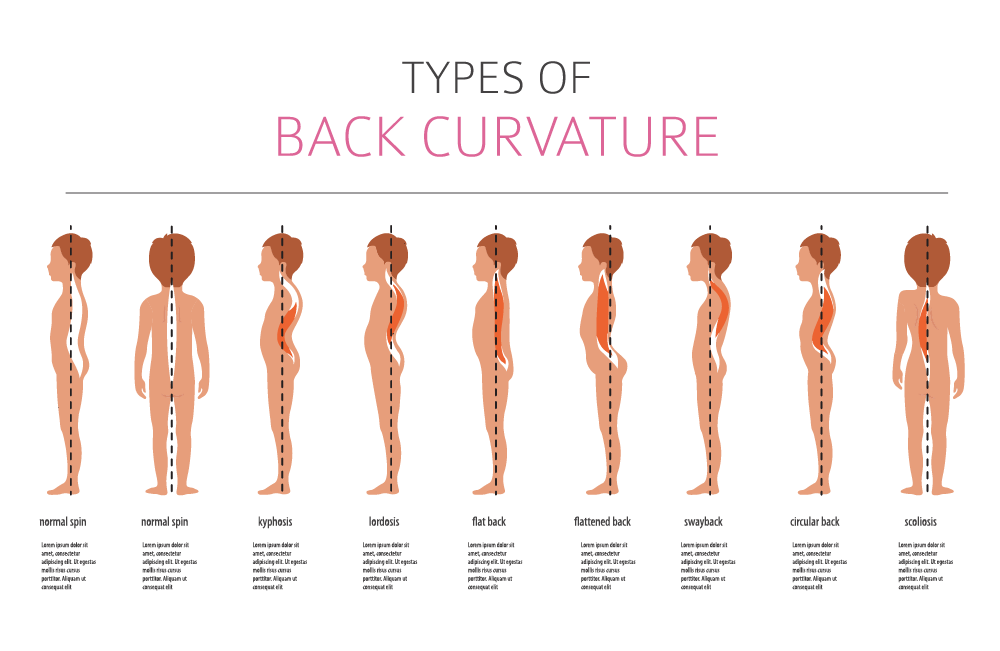How does Posture Impact Scoliosis?
Scoliosis
Scoliosis is a curve in your spine that visually appears to move from side to side. A common misconception is that a scoliosis curve is 1 or 2-dimensional. It actually occurs through a 3-dimensional curve with changes in the bones at the apex of the curve. This 3-dimensional shape is seen all throughout the body! It is similar to the 3-dimensional shape that allows your hips and lower back to move in separate directions. These 3-dimensional changes occur all the way from when and how your foot contacts the floor to how your head and neck are positioned.

Impact of Scoliosis in Children and Teenagers
Children and teenagers who have scoliosis will notice that these changes impact their posture and how they move. Normally, the bones in the spine are rectangular and are evenly spaced from side to side. Children and teens who have scoliosis will have at least three bones in their spine that are larger on one side than the other. This is what contributes to the shape of the spine.
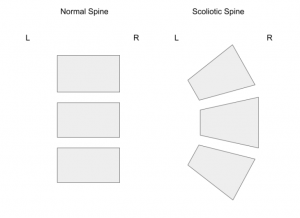
Due to structural and postural abnormalities associated with scoliosis, it is important to maintain an upright posture and to avoid repetitive bending and twisting at the spine. If your child maintains poor posture or rests into their curve, they can experience back pain and their curve may even worsen. This will also cause more rotation of and stress on the bones of the spine. Your child or teen will need to maintain a neutral pelvis and upright posture. This will prevent the worsening of scoliosis and overall posture. A skilled Schroth-certified therapist can create a customized treatment program to help them learn how to use healthy posture and movement habits during their everyday activities.
Importance of Posture
So why is it important to develop and maintain a neutral posture? Think of a spine and the way it moves like a broken pearl necklace like in the image below. In this picture, the pelvis is the triangle and the spine is the string of pearls. Without a stable pelvis, the bones in the spine follow the path of least resistance and move further into a curve like when you drag the end of a pearl necklace and all the beads follow the path of the first bead.
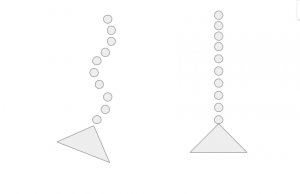
However, if you take the end of the pearl necklace and hold it with one hand and then pull the other end with the other hand the pearl necklace will straighten. The same thing will happen when you learn to find a neutral pelvis and work on lengthening your spine with an upright posture.
Physical Therapy for Scoliosis
At BDI Playhouse, a Schroth-certified physical therapist can work with you and your child to learn ways to improve their posture while playing, doing sports, socializing, and during everyday activities at school and home. Schroth-certified therapists have special training to help children incorporate good posture into their everyday activities. This will stop curve progression, improve physical appearance, and improve health and functional abilities. We can work with you and your child to achieve any goal through the development of a healthy posture. To learn more about how we can work together to make those goals a reality, schedule a free screening or call us at (708) 478-1820.
No Fields Found.
